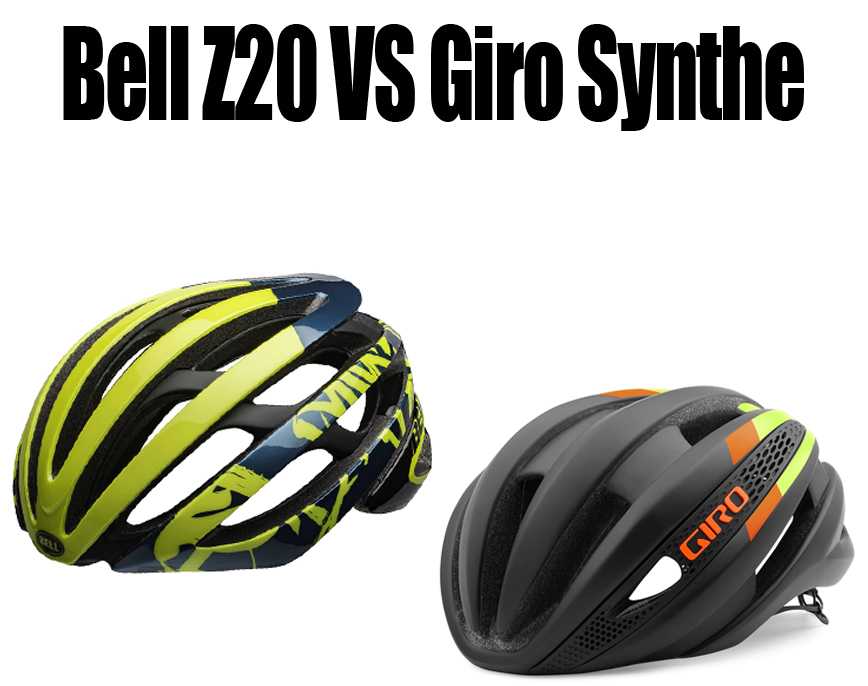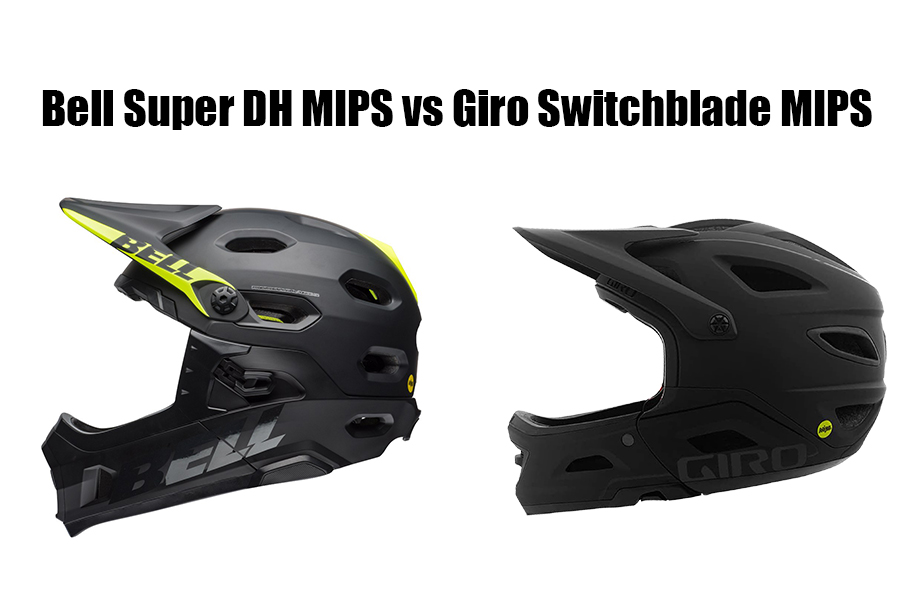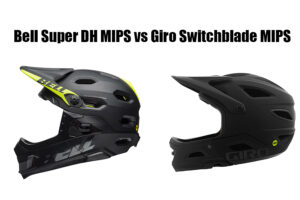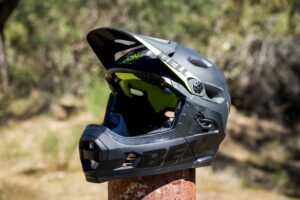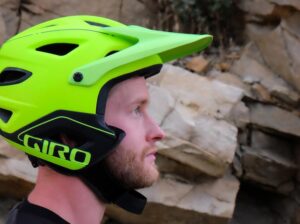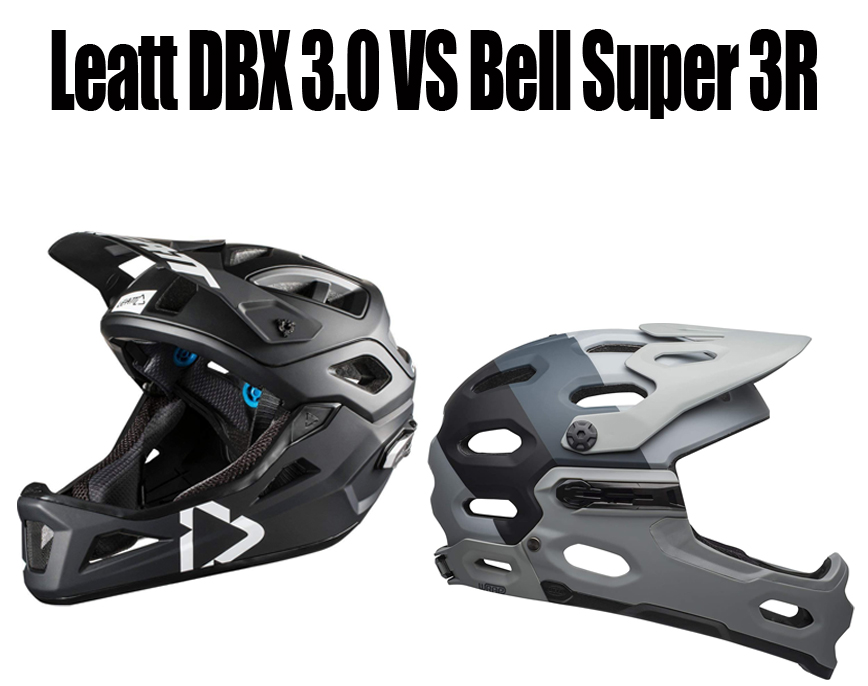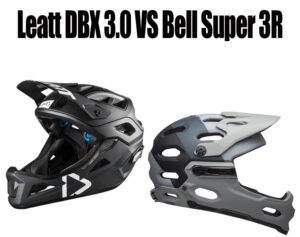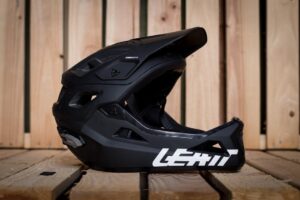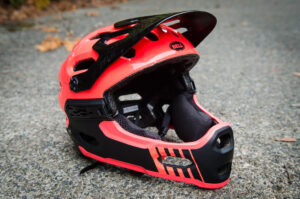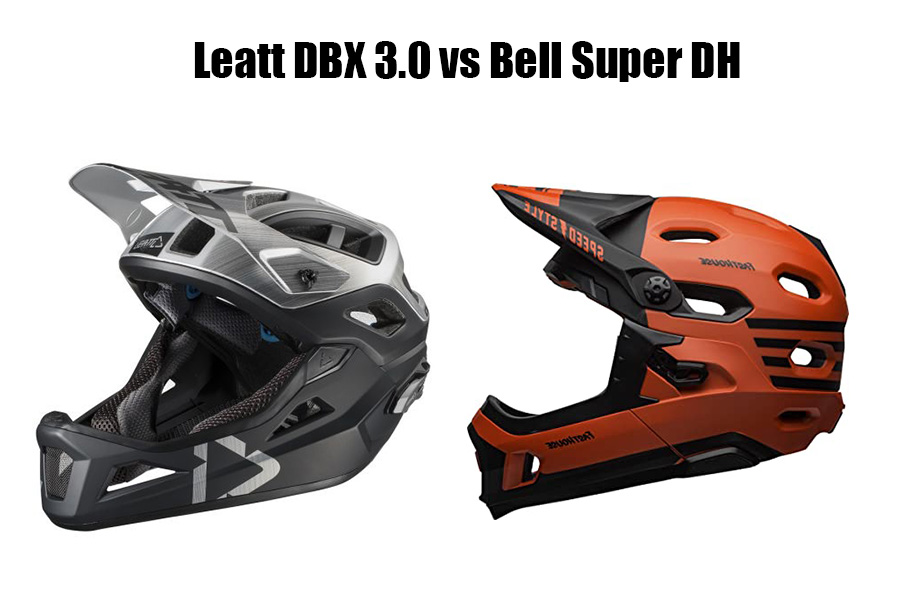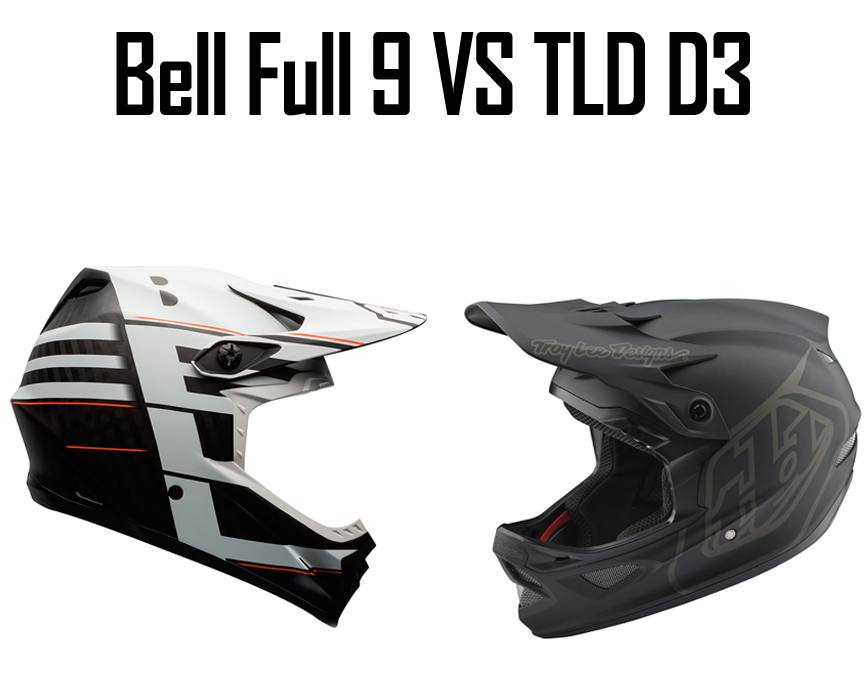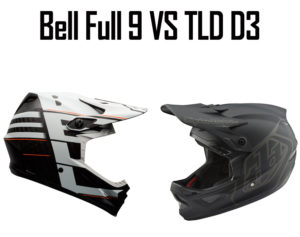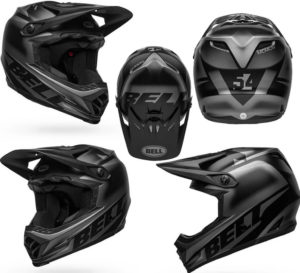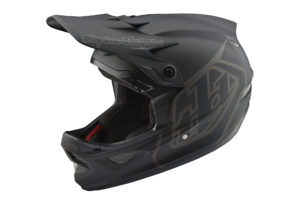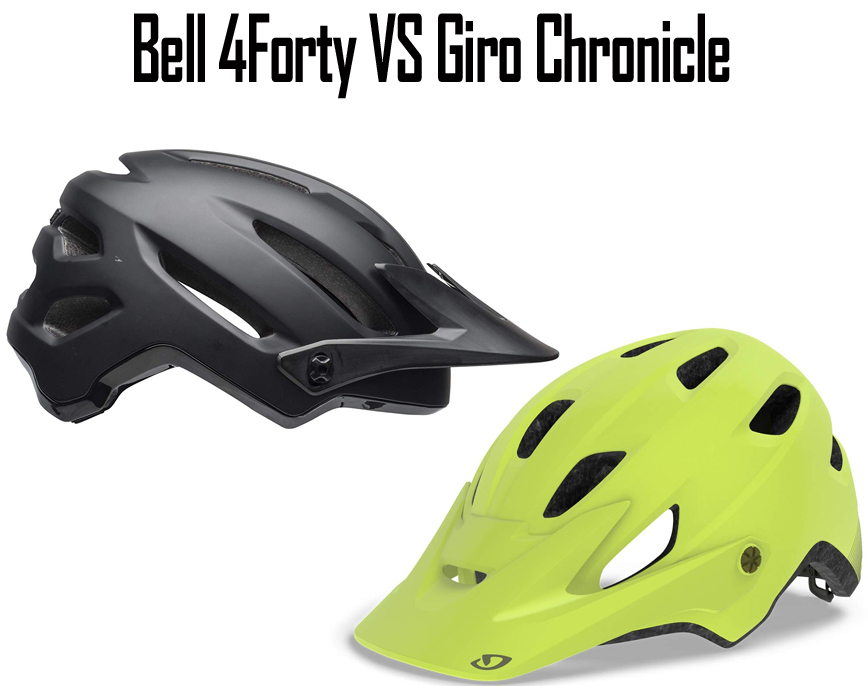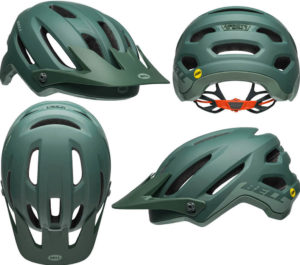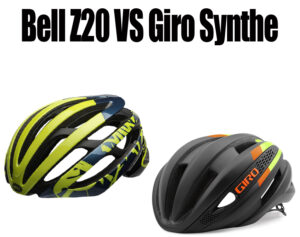
Bike helmet is a basic and necessary safety gear that all cyclists must wear especially when riding on difficult terrain. But, they are also important even when you are only cycling on the road because a helmet will still protect and reduce severity of head injury. There are so many good options however for affordable and reliable road helmets such as the Bell Z20 Vs Giro Synthe. These favorite models are common choices but, do check which of them will be your best option here.
In this article, we will give you information about:
- Are You Currently Looking for a Bike Helmet
- What are Bell Z20 and Giro Synthe
- What Bell Z20 and Giro Synthe Look Like
- How are the Durability of Bell Z20 and Giro Synthe
- How are the Adjustment of Bell Z20 and Giro Synthe
- Are Bell Z20 and Giro Synthe Comfortable
- Bell Z20 Vs Giro Synthe
Bike Helmets
Cycling is probably one of the best activities you can choose to fill the free time or for sport because they are not only healthy to maintain your body fitness but also as transportation mode if the place you want to go is possible to be effectively reached using the vehicle. In our opinion cycling is popular because not only are they useful to reduce emissions for a better environment but also because the activity itself is fun. You can move fast, racing with the gravity, and overall, it gives a freedom kind of feeling.
However, no matter how fun this activity or sport is, just like when you ride any vehicle that moves quite fast, we will need to wear safety gear as well in order to protect our body from injury or severe injury when things go wrong. For cycling, the basic gear we have to own after the bike itself is a helmet and they should go hand in hand; whenever you ride the bike, we also need to wear the helmet.
| Bell Z20 | Giro Synthe | |
|---|---|---|
 |  |
|
| Product Dimensions | 13.9 x 9.37 x 7.48 inches | 14 x 10 x 8 inches |
| Shipping Weight | 1.59 pounds | 1.59 Pounds |
| Best offer | Check price | Check price |
Some people may prefer not to wear helmet while riding on the road because of various reasons, the prominent one probably since it can’t prevent the injury and actually, there is no helmet that can guarantee this since the purpose is to only reduce the impact if accidentally cyclist fall from their bike and their head is in contact with something so then the energy can be reduced before arriving at their head or covering the skin from particles or edges that may cuts or cause a more severe injury.
In addition, bike helmets are abundantly available and they are made for their discipline so while you can find the hybrid type, in most cases they are more designed towards certain applications. Our personal recommendation is by deciding your sizing first as it is necessary to achieve the best helmet fitting and different manufacturers may have slightly different sizing as well. You can know the circumference of your head by using measuring tape and start from above the eyebrow for about an inch to get the number.
Choosing the helmet itself is quick because they are labelled for road or mountain applications like enduro or DH helmet so we can match the riding discipline with the helmet first. For the unit, you can find tons of features depending on the model such as ventilation and retention system or additional safety features like MIPS. We can match these features to what you want from the helmet so our choices can vary and additionally, the price point can help you filter the amount of options as well.
About Bell Z20 and Giro Synthe
Now when you already choose which helmet to go with, it is the time to see what the market has to offer as there are tons of helmets out there and not all will fit in your riding discipline or head just as well. As for the option however, you may want to shop based on the brand or price range and model to save time so then we don’t have to go through all possible helmets in the market.
Personally we like shopping based on the brand because popular options usually are made with better quality control and they tend to satisfy more users as well so chances are you will like their products too. Talking about bike helmets, if you are only cycling on the road then Bell and Giro are among the best brands you may want to shop from. These are often the go-to of cyclists because their helmets are not only reliable but also pretty affordable, especially for the road application.

Just like most helmet manufacturers, they do offer various models to let you match with one or two but it can be confusing for new buyers who just want to get the proper helmet for their activity. For road cyclists however, the ideal options you will love are Bell Z20 and Giro Synthe. These two are very popular among road cyclists and it is for good reason because for this discipline, comfort is what we look for and these helmets are very comfortable to let you ride with confidence.
As road helmets Bell Z20 and Giro Synthe are carrying everything you want to be a reliable partner in your activity and the reason why many love them is because they are performing really well too, despite the competitive cost. However, being a different helmet coming from different manufacturers you can expect to see some differences here as well and in our opinion, these differences are not like day and night so we can end up well with just any of these helmets. Read also: Giro Cinder Vs Foray here.
Bell Z20 and Giro Synthe Design
For those who consider the styling to be part of how they choose the helmet, we do think these models are very stylish and looking like just any road bike helmets out there. The color scheme is sporty yet subtle as well to not irk people but side by side they are pretty much the same as well. In detail the strips of materials are forming a wave on top of your lid and as you can see on the sample picture above, the width of these stripes are thicker in Synthe.
Bell is thinner in comparison so you can see more exposure of the head when wearing this helmet and in our opinion this can help by maintaining good airflow when you ride with it. Overall they look great on most people if you like this typical styling but talking about weight, these helmets are neither lightest nor heaviest among similar models by weighing at 336 grams and 312 grams on the large variant. In real application however, this gap is hardly noticeable.
Bell Z20 and Giro Synthe Durability
Just like most bicycle helmets out there, chances are your Bell Z20 and Giro Synthe are also made using the in-mold system in which the foam is not glued to the outer lid but fused together and with this usually manufacturers can design a lighter helmet as well as with greater durability. The helmet quality itself is very good and they will sustain prolonged use as well but identical to many on this price range, there is some exposed foam on the brim of the helmet.

This exposed foam means lighter weight as to enclose it we also need more casing and this can add into the overall weight. As for additional safety features both are featured with MIPS to allow some rotation when experiencing an impact but this will only happen for the outer shell as it keeps the internal snug to your head.
Bell Z20 and Giro Synthe Adjustment
The next part we want to talk about is the amount of adjustment in Bell Z20 and Giro Synthe because it is necessary to have the most adjustment possible to make sure we can fit the helmet perfectly as they need to stay in place to provide the best protection. In this area, they are also very much the same with enough fitting features from the rear retention system to how the headband cradles your head in a comfortable way to accommodate varying head sizes and shapes.
Additionally, these helmets include adjustable Y-buckles on each side of the chin strap as well to let the strap sit comfortably on the face and the chin strap is also adjustable to let you have an easy fit. The material is nice on skin too so it won’t cause itch or hurt your skin.
Bell Z20 and Giro Synthe Comfort
The last part we want to talk about is their comfort and at this point we do think the Z20 is just slightly more comfortable than Synthe. This is thanks to their tons of ventilation or 18 large windows and these are placed strategically too, in order to channel air better or to grab as much wind when you ride faster but what’s impressive they can still work well even while you slow down. In Synthe while it is breezy on higher speed, it is also noticeably warmer as we pedal slower.
Bell Z20 Vs Giro Synthe
There are so many good bike helmets out there and you can opt any of these models as they are amazing for the price range. In both build or adjustability the Bell Z20 and Giro Synthe are pretty much the same but because the Z20 has bigger vents, this helmet is also more airy during the ride and not only feels great while you ride faster but also still cools when you pedal slower. As for the weight while Synthe is lighter, in comparison the gap doesn’t give a difference in real application.
Conclusion
All in all you can pick any of these helmets as they are an equally good choice but if you want to keep the budget low the Synthe is the best option and for those who don’t mind the extra cost, Z20 is breezier to ride with.
